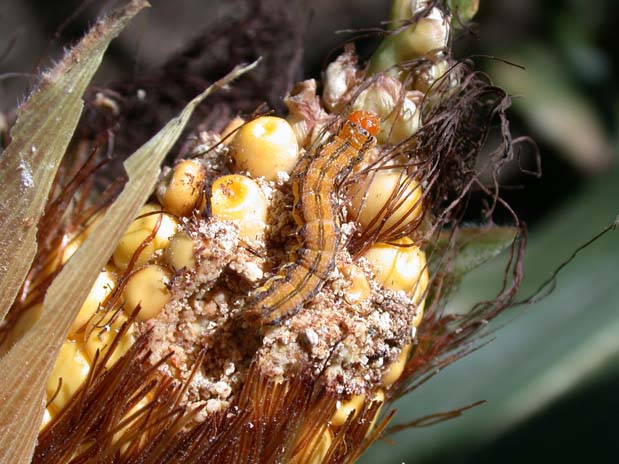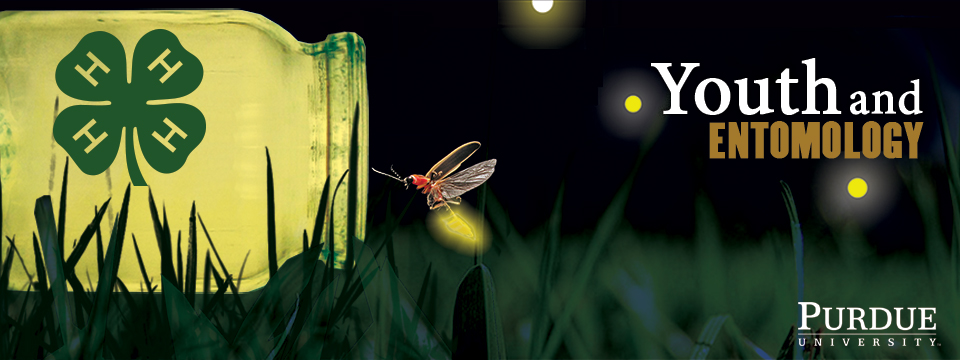

|
|
Corn Earworm damage
(John Obermeyer, Purdue University) |
|
Common Name: Corn Earworm - damage
See also: adult | larva Scientific Name: Noctuidae: Heliothis zea Status: a major agricultural pest, particularly of sweet corn Damaging Stage: caterpillar Injury: After eggs hatch, the larvae feed on leaves, tassels, and whorls, and within fruits. Extensive damage is characterized by large amounts of frass around the feeding sites. In corn, young larvae may feed on the corn silks, but the greatest damage is inflicted on the ears when kernels are filling. Action Threshold: Treatment is normally required in a corn field when 5–10 percent of the corn plants are infested. In other plantings the action threshold is when ever the damage becomes unacceptable and earworms are still present. Management: Corn earworm can be regulated with cultural and biological controls. Chemical treatments, if applied too late, are not effective. Larvae that have already tunneled into the corn ear are protected from insecticide applications. Applications should be made when the damaging stage is susceptible. Care must be taken to ensure that pesticide/harvest restrictions are met. |
 |
||||||||||||||||
|
|
|||||||||||||||
|
Purdue Extension Entomology, 901 West State Street, West Lafayette, IN 47907 USA, (765) 494-4554 Department of Entomology | College of Agriculture | Extension © Purdue University | An equal access/equal opportunity university | Integrity Statement | Copyright Complaints | Maintained by ENTM IT Trouble with this page? Disability-related accessibility issue? Please contact us at entmwebmaster@purdue.edu so we can help. | ||||||||||||||||
